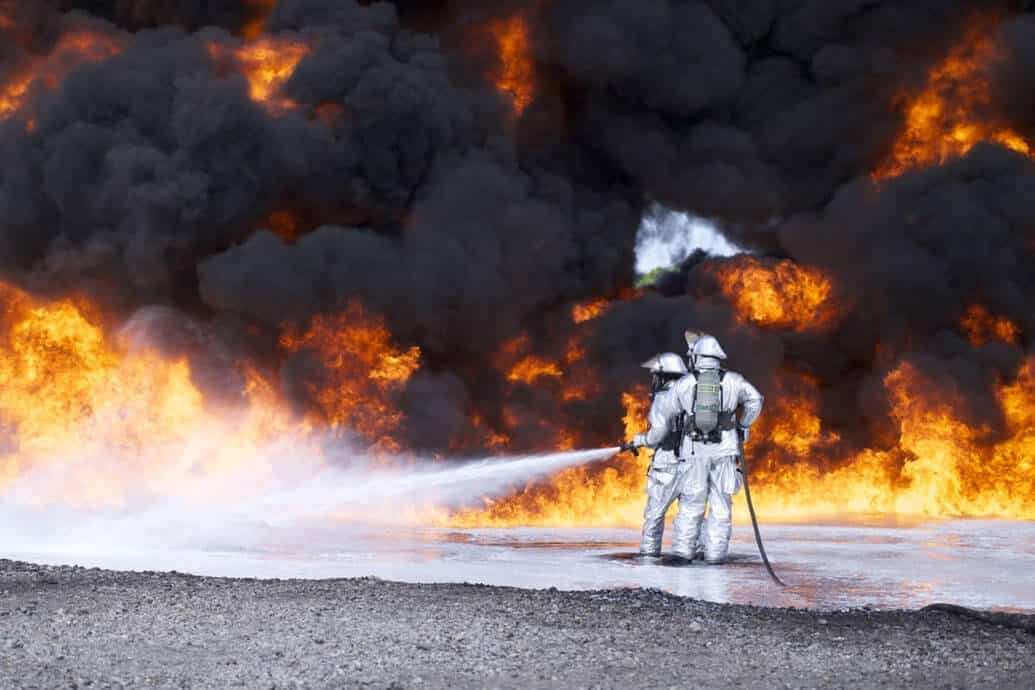
It seems like every time I pick up a fire service publication there is an article about Class B foam and per- and polyfluoroalkyl substances (PFAS) along with their associated health hazards. There isn’t a day that goes by that I don’t see a law firm advertisement asking firefighters to join in on a lawsuit.
Not only are there health concerns with this foam and the man-made chemical compounds within it, but there are also concerns about how these chemicals impact our environment in the long term.
In recent years the use, release, and disposal of Class B foam containing PFAS has come under scrutiny and have become increasingly regulated, restricted, or banned altogether depending on jurisdiction. Much of this is due to the potential cancer-causing impacts of the PFAS and the issues related to the contamination of ground water and sewer filtration systems.
So, what does this mean for you and your fire department – have you thought about or accomplished these tasks:
- It’s possible that your state or local government has banned the outright use of these products even during emergencies. You should check with the appropriate state and local jurisdiction to verify their regulations or ordinances related to the use of Class B foams.
- You should work with a reputable foam distributor to replace any Class B foam containing PFAS with a fluorine-free foam.
- Make sure you are aware of the significant differences between wetting agents and Class B foams. Foam is generally intended for use on Class B fires only. Wetting agents are applicable to Class A and non-water-soluble Class B combustibles. Foam and wetting agents are not the same, as evidenced by the development of separate NFPA standards. Learn more about foam firefighting with this Firefighter Nation article here.
- If you’re storing Class B foam containing PFAS you should ensure that it can’t leak into storm or sewer drains.
- Find a reputable company that specializes in the disposal of Class B foam containing PFAS.
- Check with your Property & Casualty Insurance agent to better understand any exclusions that may apply in relation to these chemicals.
Ultimately, you need to become an educated consumer by doing your homework and speaking to reputable industry leaders.
Now is the time to learn, understand, and prepare!
To learn more about Provident’s Property & Casualty Insurance, called FirePlus, visit our site here or email us at info@providentins.com. We’re happy to help answer any questions about our product in relation to Class B foam, PFAS, etc.
-Chief Ed Mann, April 2024


